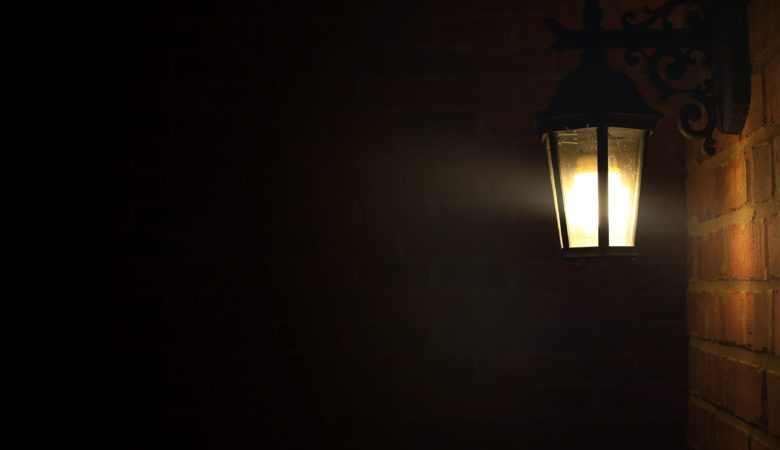Embrace Darkness: Light Pollution Isn’t Getting the Attention it Should

Imagine walking outdoors at night to be greeted with millions of stars, visible nebulas and galaxies. Over 100 years ago, you could see just that—no special equipment acquired. With the advent of electricity came the beginning of our light pollution problem. Now you need to travel to remote locations in order to see similar sights.
Two thirds of the United States population and about half of Europe are unable to see the Milky Way with the naked eye. If the trend continues, soon there will be very few places in the world where we can see the night sky as it was meant to be seen.
Artificial light is a blessing and a curse. Now that most people live in towns and cities, light pollution drowns out the stars in the sky—but it also helps us drive, enjoy recreational nighttime activities and keep streets safe. It’s not just a visual effect, either. Light pollution has a deleterious effect on wildlife, human sleep cycles and more.
So how does light pollution affect the earth, and what can we do to help?
The negative effects of light pollution on wildlife
Light pollution affects our planet on a widespread basis, interfering with everything from mating habits to food sources. Since we rely on a healthy ecosystem for survival, this should worry you just as much as its effects on humans. Here are just a few of the ways light pollution hurts animals, insects and plants:
- Turtles. Sea turtles lay their eggs on beaches to nest, but bright artificial light disorients and discourages them. Some wander onto roads and are struck by cars, while the hatchlings are distracted by the artificial light sources and never make it to the sea.
- Birds. Birds are also harmed by too much artificial light, especially in major cities like New York and Las Vegas. They become distracted and crash into buildings during their natural migratory patterns.
- Insects. Even insects are affected. Too much light prevents insects from mating (especially bioluminescent species like fireflies). They mistake light and reflections for water habitats, and those who are attracted by light—such as moths—are more vulnerable to predators.
- Plant life. You would think that more light would mean plants are able to undergo photosynthesis more often, which provides food for them. However, scientists have discovered that the plants need a regular light and dark cycle in order to thrive. Too much light has the opposite effect—it inhibits growth and photosynthesis.
Are you afraid of the dark? Light pollution hurts humans, too
Darkness can be frightening—after all, you never know what kind of predators are lurking out there while you just want to get some rest. That’s the reason humans have been trying to find ways to light up the night for centuries. Unfortunately, that quest for safety and security has serious effects on our bodies and minds:
- Circadian rhythms. Our bodies are designed to take cues from the amount of light available, which governs our hormones, sleep cycles and more. When our days are artificially extended by artificial light, it interferes with these circadian rhythms. This can lead to sleep disorders like insomnia.
- Cancer. Too much artificial light can cause cancer. Studies have shown “an elevated breast cancer risk is associated with occupational exposure to artificial light at night.” Rotating shifts are especially bad for the body, since it’s harder for your circadian rhythms to adjust.
- Depression. Getting enough quality sleep is directly linked to mental health, too. Those who don’t get enough good, regular sleep are more at risk for depression and other mood disorders.
What we can do to reduce light pollution
One of the biggest problems in reducing light pollution is that it’s a perpetually underfunded scientific area. Although it’s an important environmental issue, it still seems to be “way down on the list,” according to Susan Golden, professor at the Center for Research on Biological Clocks of Texas A&M University in College Station, Texas.
Kevin Gaston, a professor at the Environment and Sustainability Institute, writes that “We need to start thinking about lighting in the way we think of other big systemic pressures like climate change…we have the attitude that lighting is something we chuck out there and don’t think about it very much. But we need to think in terms of using it only when we need it, where we need it and how we need it.”
In other words, choose your artificial light carefully—and encourage companies, governments and other individuals to do the same.

